How to Know If You Are a Mayflower Descendant
In this post we are going to look at one of the most famous ships and voyages to take place to American shores. We are going to learn about this ship, why the people came and also how you can find out if you are a Mayflower descendant.
What Was the Mayflower?
The Mayflower was an English ship which famously transported a group of English families who are referred to today as Pilgrims to the Americas. It was a 10 week long brutal voyage undertaken in 1620 and culminating in making shore near the tip of Cape Cod Massachusetts.
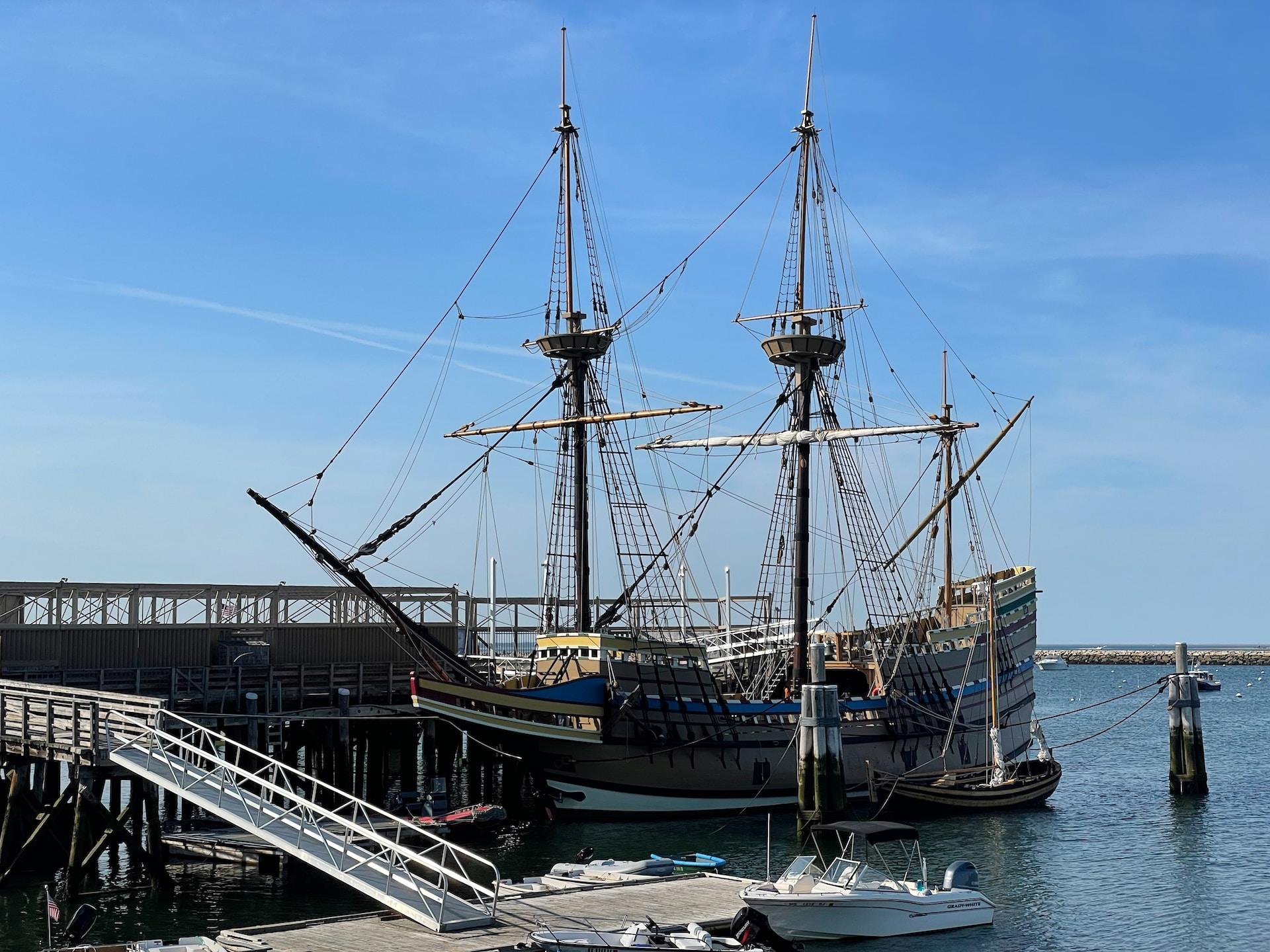
Who Were the Pilgrims of the Mayflower?
The pilgrim families that made up the Mayflowers passenger lists were part of a group of some 400 English protestants who in 1608 fled into exile in Leiden, Holland. Dissatisfied with what they perceived to be failures in the Church of England with regards to reforms they felt it displayed too many excesses and abuses.
Some Puritans with the same attitudes at the time remained in England to try and enforce changes in the church but the Pilgrims however decided to become Separatists and move to Holland, a more religiously tolerant nation. Many of the group were members of an illegal congregation in Nottinghamshire, England and practiced their own Puritan form of Protestantism. This led to the group being considered illegal radicals by England.
History of the Voyage
Although Holland was a welcoming place for all Religions and the government was known to offer financial aid to reformed churches, life still became hard for the separatists. The families still needed to find a means of financially supporting themselves and this often meant the most menial and backbreaking labors.
Aside from hard working conditions there were also rumblings of civil unrest in Holland and fears that Spain may be on the brink of trying to regain control of the region as it had in years past. This led to an alliance between Holland and James I of England against the Spanish but with this new partnership came certain terms, one of which was the outlawing of independent English church congregations in Holland.
Essentially the separatists had no other option than to consider a move and the New World beyond the reach of King James and his Bishops seemed like the best option. This was a risky move as earlier settlement attempts such as Jamestown in 1607 had ended in near disaster. Their belief in their church however made them sure that their endeavors would be rewarded.
The Voyage
A two phase voyage was initiated in 1620 but not all of the congregation could take part. Some could not get their affairs in order in time while others simply did not have the financial means to cover the cost. The first leg of the journey was to take a small ship by the name of Speedwell from Leiden back to England where they would next board the famous Mayflower herself.
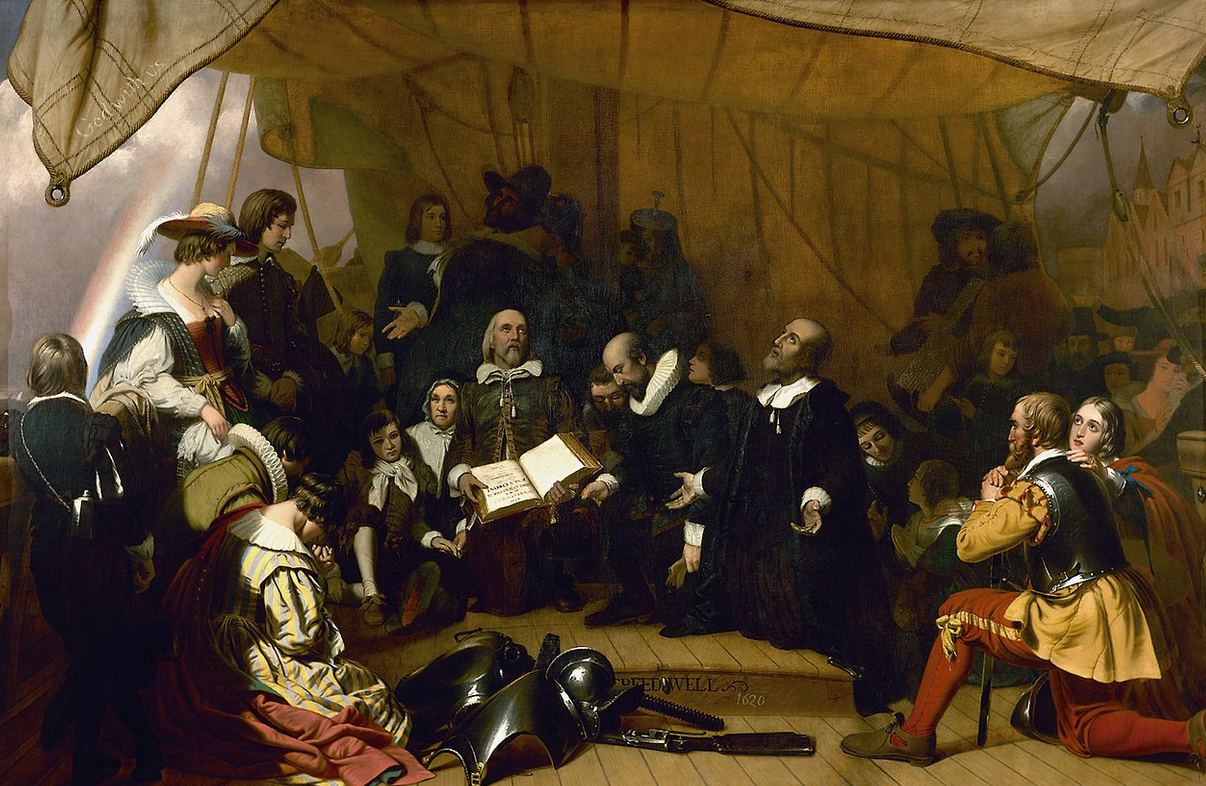
The initial intent was for the Speedwell and the Mayflower to travel to the New World Together. The Mayflower met with the Speedwell with its passengers from Leiden and several attempts to start the voyage would fail. The Speedwell kept springing leaks and forcing the voyage to turn around and return to England.
There were 65 passengers aboard the Mayflower who would be joined onboard by 20 from the Speedwell which itself returned to Holland with the remaining separatists. The now overloaded Mayflower finally set sail for the Americas in early September in rough seasonal conditions and with provisions already vastly depleted by the false starts.
It is thought that there were 102 passengers and between 25 – 30 crew members aboard when the voyage commenced. The Mayflower had been mainly used for cross channel trips between England and Bordeaux meaning she was not well tested in the open ocean.
Conditions Onboard
To say the ship was crowded and cramped would likely be an understatement with over 100 passengers crammed into a living space of 80 ft by 20ft and a ceiling height of just 4 ft. This two month long voyage would not have been a pleasure cruise by any stretch of the imagination.
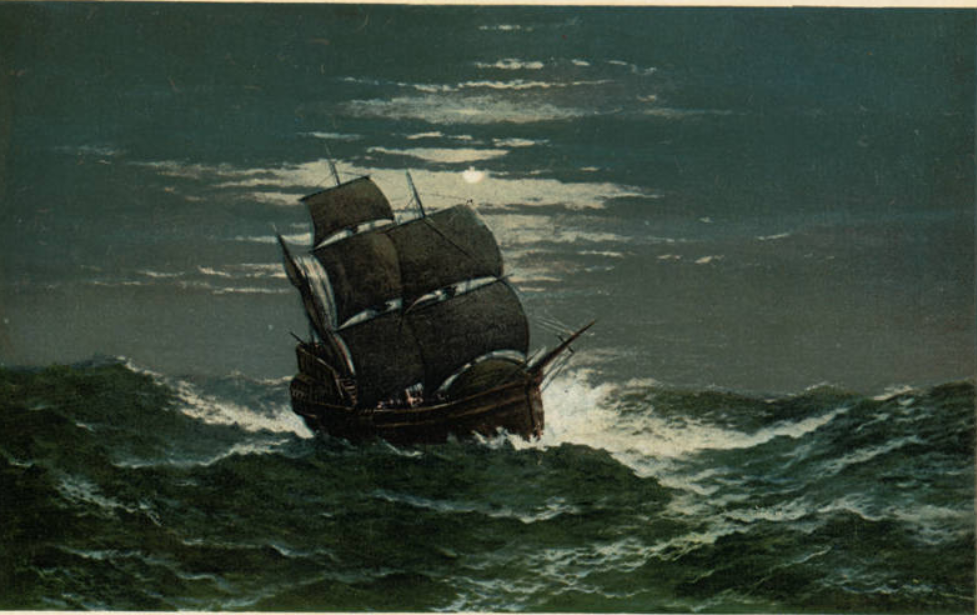
The first half of the voyage went well in terms of weather conditions with calm seas and pleasant skies. However as the voyage continued storms started to afflict the vessel, some so severe they were the cause of accidental deaths on board.
Danger from waves during these storms had already seen one passenger thrown overboard and almost drown so when the weather was at its worst the passengers had to crouch in semi darkness below deck. One storm caused so much damage that the voyage nearly had to turn back to England. If not for a passenger having a metal jack screw in his possession which could fix the damage they would have returned home.
Arrival in America
After 10 difficult weeks at sea the Pilgrims finally made it to North America on November 19th 1620. They were supposed to travel south to the colony of Virginia but winter storms made this impossible so they made land in what is known today as Cape Cod. The story of the Pilgrims of the Mayflower in America had begun.
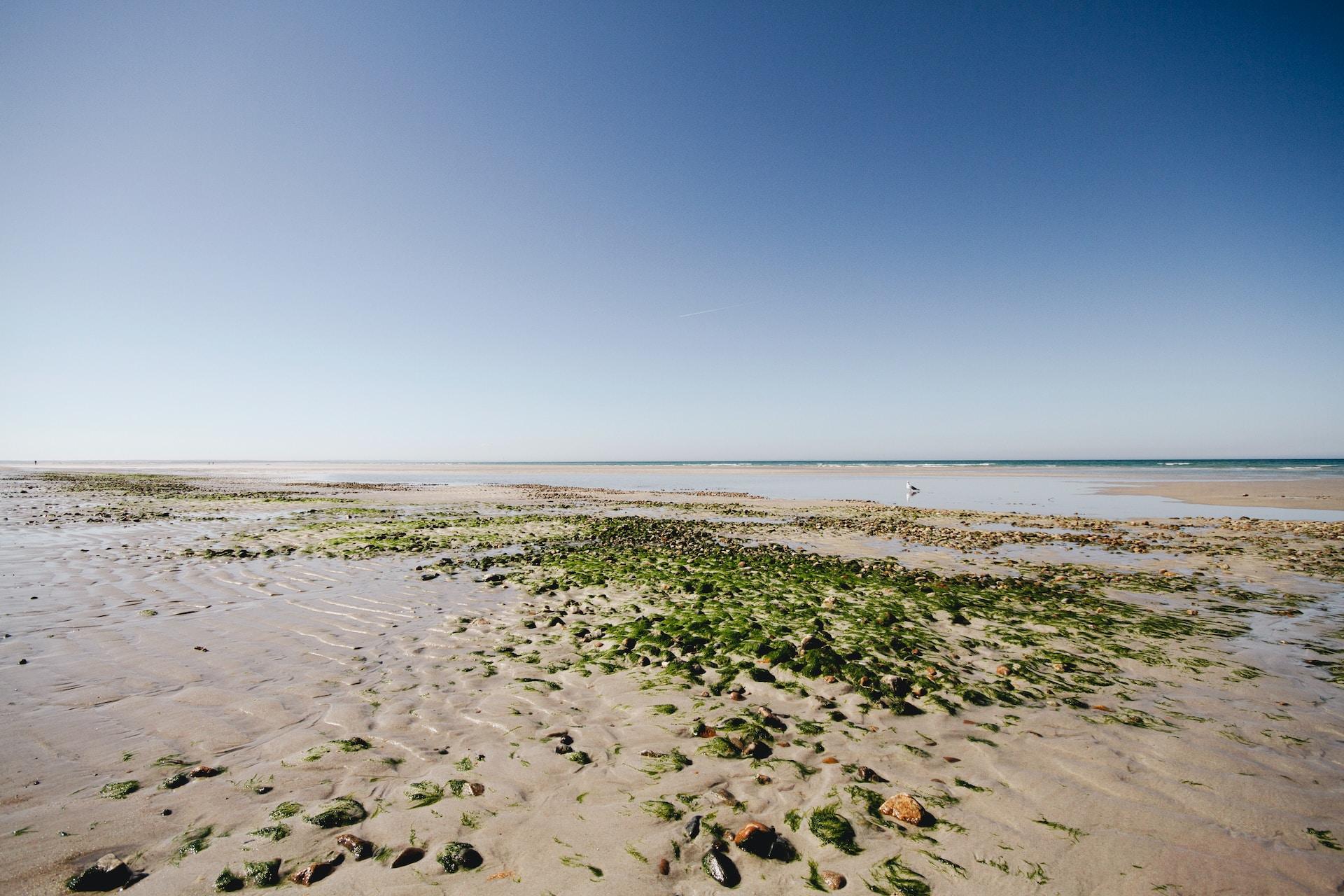
The First Winter
As expected, times would be hard in the New World and arriving in winter made things doubly bad. A series of unfortunate events and the basic conditions in the Massachusetts region meant that by spring only 53 of the original 102 passengers were still alive and half of the ship's crew had also perished.
How Many Mayflower Passengers Went on to Have Descendants?
This is a great question which speaks to just how many people today may be able to trace their lineage back to this voyage. Only 51 out of the original 102 passengers of the Mayflower are known to have had children.
Interestingly though in the 12 – 16 generations since then this has led to roughly 35 million people alive today who can trace their ancestry to people who made that voyage in 1620. Famous descendants include Marilyn Monroe, Clint Eastwood, The Baldwin Brothers, Bing Crosby and Franklin Delano Roosevelt.
Who Would be Considered a Mayflower Ancestor?
To understand if you have descent from a mayflower passenger it is probably wise to determine who the potential forebears might be. So below is a list of the people aboard the Mayflower who went on to have children.
- John Alden
- Bartholomew Allerton
- Isaac Allerton
- Mary (Norris) Allerton
- Mary Allerton
- Remember Allerton
- Elinor Billington
- Francis Billington
- John Billington
- William Bradford
- Love Brewster
- Mary Brewster
- William Brewster
- Peter Browne
- James Chilton
- Mrs. James Chilton
- Mary Chilton
- Francis Cooke
- John Cooke
- Edward Doty
- Francis Eaton
- Samuel Eaton
- Sarah Eaton
- Moses Fletcher
- Edward Fuller
- Mrs. Edward Fuller
- Samuel Fuller
- Samuel Fuller (son of Edward)
- Constance Hopkins
- Elizabeth (Fisher) Hopkins
- Giles Hopkins
- Stephen Hopkins
- John Howland
- Richard More
- Priscilla Mullins
- William Mullins
- Degory Priest
- Joseph Rogers
- Thomas Rogers
- Henry Samson
- George Soule
- Myles Standish
- Elizabeth Tilley
- John Tilley
- Joan (Hurst) Tilley
- Richard Warren
- Peregrine White
- Resolved White
- Susanna (Jackson) White
- William White
- Edward Winslow
How to Research Mayflower Ancestors
It is no simple task to research a Mayflower ancestor because we are trying to trace back between 12 – 16 generations and at this point, over 400 years. Some people are fortunate to get back 200 years in their family research so we must understand going into this that there is a chance that we may not find the connections we are seeking.
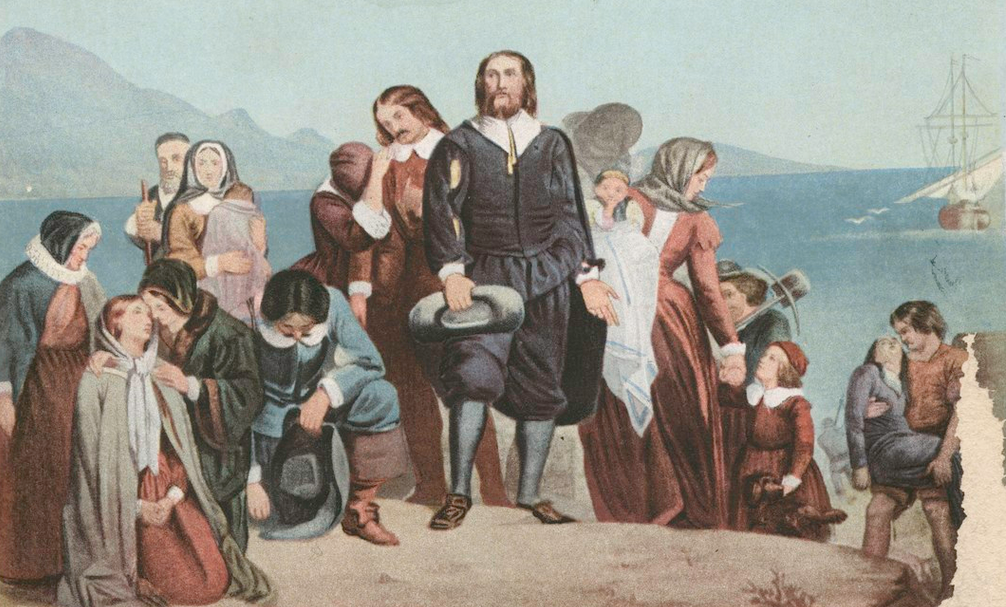
Now there may be a family understanding that its ancestors came across on the Mayflower and of course this may be completely valid. The information may have been passed down the generations although it is also possible a verbose uncle once said it as a tall tale and it became family lore. Regardless, the only tried and true way to find out for sure is to start building your family tree.
As this is not a post about getting started in your genealogical journey we won't go into too much detail here but suffice it to say start working on the family tree and get back as far as you can. We do want to give fair warning here: try and undertake your research with the attitude of finding out the truth not with a specific connection you are looking to make.
I know it is tantalizing to try and find that connection but sometimes when you are looking for something specific you may find yourself making leaps and assumptions that are not accurate in an effort to confirm the thing you so want to be true. Be methodical and make sure you can support each connection you find. I see so many trees with obviously wrong connections that lead to a royal ancestor or a person of note.
Get Back as Far as You Can
As we have said, trace your family lines back as far as you can ensuring you are confident in all the links and that they can be proven. This is where the work of others can now come into play because if you suspect you may descend from a Mayflower passenger there’s a society that can help you make that connection should it be the case.
The Mayflower Society has a website packed with tips and tools to help you determine if you may be eligible to join their ranks as a descendant of one of the passengers. An important note here is that this is only for those descended from the passengers, not the crew of that first voyage.
With knowledge of the most distant ancestors you can find you can perform searches on the society's website to see if any of your known ancestors have ever been connected to a Mayflower family. These connections will already have been officially made so if you can determine that another person has been able to connect your great-great-great-grandmother to a Mayflower family by descent you have your answer.
Final Thoughts
Research of your family tree is the only way to find out if you have Mayflower ancestors. It’s a long road to perform this research as it is at least 12 generations of family history to move back through. There are people out there who have already proven their links so finding a link to them automatically gives you a connection to the Mayflower.
As an example if you managed to make a direct line connection to President John Quincy Adams you have an automatic connection to the Mayflower in the form of passenger John Alden. It will be hard work but as always research methodically and confirm all your connections between generations. Do not let a desire to find a connection lead you to overlook obvious mistakes.
Link To or Reference This Page
We spent a lot of time downloading, cleaning, merging, and formatting the data that is shown on the site.
If you found the data or information on this page useful in your research, please use the tool below to properly cite or reference Name Census as the source. We appreciate your support!
-
<a href="https://namecensus.com/blog/how-to-know-if-you-are-a-mayflower-descendant/">How to Know If You Are a Mayflower Descendant</a>
-
"How to Know If You Are a Mayflower Descendant". NameCensus.com. Accessed on May 8, 2024. https://namecensus.com/blog/how-to-know-if-you-are-a-mayflower-descendant/.
-
"How to Know If You Are a Mayflower Descendant". NameCensus.com, https://namecensus.com/blog/how-to-know-if-you-are-a-mayflower-descendant/. Accessed 8 May, 2024
-
How to Know If You Are a Mayflower Descendant. NameCensus.com. Retrieved from https://namecensus.com/blog/how-to-know-if-you-are-a-mayflower-descendant/.
